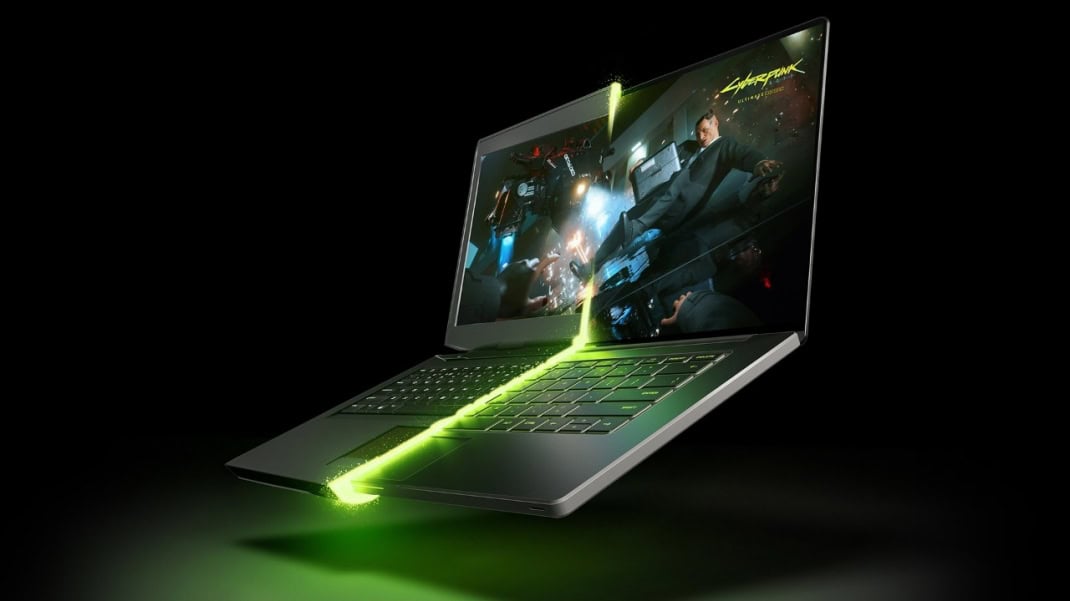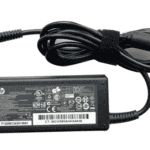NVIDIA’s RTX 5090 laptop GPU is here, and on paper, it’s a mobile powerhouse. With 24GB of cutting-edge GDDR7 VRAM, support for DLSS 3.5, and lofty promises of ultra-high-performance gaming on the go, it looks like a dream come true for gamers and creators alike. But before you start imagining desktop-tier performance in your backpack, it’s time for a reality check: the RTX 5090 mobile chip delivers roughly 50% less performance than its desktop namesake.
This isn’t just a matter of clock speeds or cooling—this is a fundamentally different GPU under the hood, and the gap between desktop and laptop silicon is wider than ever.
Here’s a comparison table highlighting the key differences between the NVIDIA GeForce RTX 5090 Mobile and RTX 5090 Desktop GPUs:
| Specification | RTX 5090 (Laptop) | RTX 5090 (Desktop) |
|---|---|---|
| GPU Die | GB203 | GB202 |
| CUDA Cores | 10,496 | 21,760 |
| Tensor Cores | Fewer (compared to desktop) | Full configuration |
| RT Cores | Fewer (compared to desktop) | Full configuration |
| VRAM | 24 GB GDDR7 | 32 GB GDDR7 |
| Memory Interface | 256-bit | 512-bit |
| Memory Bandwidth | Lower | Higher |
| Boost Clock Speed | 1515 MHz – 2160 MHz | Up to 2410 MHz |
| Total Graphics Power (TGP) | 95W – 175W (with Dynamic Boost) | Up to 575W |
| DLSS Support | DLSS 3.5 w/ Frame Generation | DLSS 3.5 w/ Frame Generation |
| Ray Tracing | Yes | Yes |
| Performance vs Each Other | ~50% lower than desktop | ~2× performance of laptop version |
| Target Platform | High-end gaming laptops | Enthusiast-grade desktops |
| Release Year | 2025 | 2025 |
This table clearly shows the architectural and performance disparities between the two. Despite sharing the “5090” name, they are designed for very different thermal envelopes and user expectations.
Different Core, Different Class
While they share the same “5090” branding, the desktop and laptop versions of this GPU couldn’t be more different. The desktop RTX 5090 is built on NVIDIA’s massive GB202 die, packing a staggering 21,760 CUDA cores. Meanwhile, the laptop version uses the smaller GB203 chip—the same found in the desktop RTX 5080 and even the RTX 5070 Ti.
That architectural downgrade means fewer CUDA cores (10,496), fewer Tensor and RT cores, and ultimately far lower computational muscle. It’s a bait-and-switch in everything but name, and it highlights NVIDIA’s ongoing habit of reusing branding in ways that can easily mislead consumers.
Power Limits: Physics Still Wins
Desktops aren’t constrained by power and thermal limits, but laptops live and die by efficiency. The desktop RTX 5090 consumes up to 575W and can sustain boost clocks up to 2.4 GHz. The laptop RTX 5090? You’re looking at a TGP range of 95W to 175W with Dynamic Boost, with clock speeds between 1515 MHz and 2160 MHz.
That’s a huge difference, and it matters. Even with improved thermals in today’s premium gaming laptops, no mobile system can match the raw throughput of a desktop GPU given those kinds of limitations. NVIDIA has done what it can with technologies like DLSS and frame generation to close the gap visually, but the real-world performance difference is undeniable.
Memory Bandwidth: Cut in Half
Even on the memory front, the mobile 5090 is working with constraints. It retains 24GB of GDDR7 like the desktop card, but with a 256-bit memory interface instead of the desktop’s 512-bit bus. That results in significantly reduced memory bandwidth, which can bottleneck performance in high-resolution, high-texture gaming and creative workloads.
Still a Big Leap Over RTX 4090 Mobile
To be clear, this isn’t a weak GPU by any stretch. Compared to the RTX 4090 mobile GPU, the RTX 5090 shows serious gains. Early benchmarks show performance jumps of 30-65% depending on the workload and title, especially when DLSS 3.5 is in play. For example, in Hogwarts Legacy with full ray tracing and frame generation enabled, some test systems saw frame rates nearly double over the previous generation.
It also excels in AI and 3D workloads. With the rise of AI-based creative tools and GPU-accelerated productivity apps, the RTX 5090 mobile provides meaningful headroom for creators who need workstation-class capabilities in a semi-portable package.

Buyer Beware: The Branding Problem
The biggest issue with the RTX 5090 mobile GPU isn’t its performance—it’s the branding. Slapping “5090” on this GPU implies parity with the desktop variant, and that simply isn’t the case. NVIDIA’s own marketing only adds to the confusion, with laptop OEMs often omitting the “Laptop GPU” qualifier entirely.
To the average buyer, it’s easy to assume a gaming laptop with an RTX 5090 should rival a desktop with the same name. But in reality, it’s more accurate to compare the mobile 5090 to a desktop RTX 5080—if that. This isn’t new for NVIDIA (the RTX 4090 mobile did the same thing), but the performance gap has grown wider with this generation.
Should You Buy One?
If you need the fastest possible GPU in a laptop, the RTX 5090 is the best option currently available. You’ll get top-tier performance, the latest NVIDIA features, and a decent bump in efficiency thanks to the improved Ada Lovelace Refresh architecture.
But if you’re expecting desktop-class performance in a mobile package, you’re going to be disappointed.
Before you drop thousands on a next-gen gaming laptop, take the time to dig into independent benchmarks for the specific model you’re interested in. Some laptops pair the RTX 5090 with excellent thermal solutions and high power limits, while others may throttle under load. The performance you get can vary wildly depending on chassis design, cooling, and power delivery.
Bottom Line
The RTX 5090 mobile GPU is a beast—just not the beast. It’s a strong generational upgrade that brings real gains for gamers and creators alike. But it’s also a clear reminder that when it comes to GPU names, what’s on the label doesn’t always match what’s under the hood.
If you can look past the marketing and set realistic expectations, the RTX 5090 laptop GPU can be an excellent tool. Just don’t expect it to go head-to-head with its desktop counterpart. It’s not that kind of fight.







